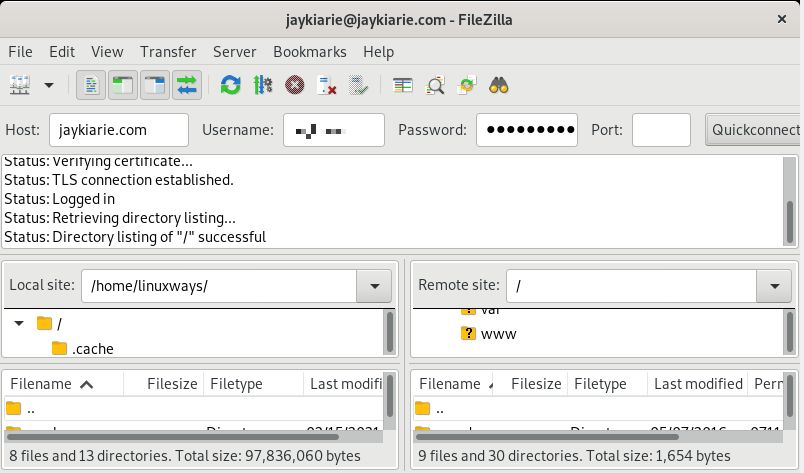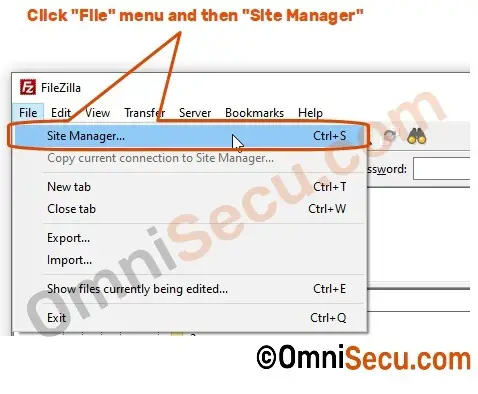
You should also make the batch file indicate a result in its exit code, particularly if it is called from some parent system (for example SSIS). Once you find out what was the result of the script, you can perform any action you like: print a message, send an email, etc.

Now you can run the batch file like (supposing you have saved it to file upload.bat): Rem Delete the temporary script del script.tmp Rem Execute the script /ini=nul /script=script.tmp Rem Generate a temporary script to upload %1 ( echo open mysession For complex tasks, you will need to use some scripting language, such JScript or VBScript from Windows script host or PHP or Perl.įollowing example shows batch file that takes filename on command line and generates WinSCP script file to upload that file to remote server: For simple tasks you can use built-in Windows scripting functionality from batch file (. To automate that, make a wrapper script file. You can also use environment variables in the script.Īlternatively, you can generate new script file each time.


ini=nul /script=script.tmp /parameter // c:\myfile.txt NET assembly.įor simple modifications, you can pass the variable parts of the script from command line:

For example you may want to operate it with different file each time.įor tasks involving more complex modifications, conditional processing, loops or other control structures, you should better use the WinSCP. You may want to modify the script automatically.


 0 kommentar(er)
0 kommentar(er)
